Stop Wasting Money on Google Ads! Try This Instead!
Discover cost-effective digital marketing strategies that build long-term brand equity while reducing your dependency on costly Google Ads.
Introduction
In today’s fast‐paced digital marketplace, businesses of every size are scrambling to make their mark. Many invest heavily in Google Ads—often assuming that more spend equals more traffic and conversions. But what happens when you’re pouring your budget into a platform that is becoming increasingly saturated, competitive, and expensive, with diminishing returns? If you’re tired of burning cash on ads that aren’t delivering, it’s time to consider alternatives. This comprehensive guide dives deep into the pitfalls of over‑reliance on Google Ads and provides actionable insights on building a diversified, sustainable marketing strategy.
Understanding the Challenges of Google Ads
The Rising Costs of PPC
Google Ads is a pay‑per‑click (PPC) platform where competitors continually drive up costs. In highly competitive industries, even a single click can cost several dollars. Many businesses find that high bids drain their budgets while delivering minimal returns.
The Issue of Ad Fatigue
Over time, repeated exposure to the same ads leads to ad fatigue, diminishing click‑through rates (CTR) and overall effectiveness. Regularly refreshing creative content is necessary—but it also consumes valuable time and resources.
Overdependence on Paid Traffic
Relying solely on paid traffic means that your marketing efforts cease the moment you stop paying. Without building organic channels, your online presence lacks long‑term value and sustainability.
The Complexity of Optimization
Managing Google Ads requires constant monitoring and optimization. The steep learning curve and resource demands can be overwhelming, especially for small businesses with limited budgets.
The Need for a Diversified Marketing Strategy
Diversifying your marketing channels not only reduces risks associated with rising ad costs but also builds lasting brand authority. By incorporating multiple channels—from SEO to social media—you can mitigate the risk of one platform underperforming while ensuring sustainable long‑term growth.
Exploring Alternatives to Google Ads
1. Search Engine Optimization (SEO)
Investing in SEO is a long‑term strategy that builds organic traffic and enhances your brand’s credibility. With keyword research, technical optimization, and high‑quality content, your website can rank higher without ongoing ad spend.
2. Content Marketing
Content marketing establishes your authority by providing valuable, engaging, and informative content. From blog posts to videos and infographics, this strategy creates multiple entry points for organic traffic and sustained customer engagement.
3. Social Media Marketing
Platforms like Facebook, Instagram, LinkedIn, and Twitter allow you to build community and drive organic engagement. Tailored content on these channels can reach diverse audience segments and complement your overall strategy.
4. Email Marketing
Email remains one of the most cost‑effective channels. With segmented lists, automation, and personalized messaging, email marketing nurtures leads and converts them into loyal customers.
5. Influencer and Affiliate Marketing
Collaborate with influencers and affiliates who already have an established audience. Their endorsements can provide quick credibility and expand your reach without a heavy ad budget.
6. Local and Niche Directories
For local businesses, directory listings and niche platforms boost your visibility and enhance local SEO by attracting highly qualified leads.
7. Retargeting Without Google Ads
Utilize retargeting strategies through social media, email, and third‑party tools to keep your brand top‑of‑mind for previous visitors.
Deep Dive: Strategies to Enhance Organic Reach
Technical SEO
Ensure your website meets technical standards with fast load times, mobile‑friendly design, secure HTTPS, and clear site architecture for optimal crawlability.
On‑Page SEO
Optimize individual pages with targeted keywords, quality content, internal linking, and engaging multimedia to keep users on your site longer.
Off‑Page SEO
Build authority through external backlinks, social sharing, and positive brand mentions that signal credibility to search engines.
Local SEO
Enhance your local presence with an optimized Google My Business listing, consistent citations, and positive customer reviews.
Harnessing the Power of Content Marketing
Building a Content Calendar
Plan your topics, schedule, and formats to ensure consistent publication. A well‑structured calendar helps you cover important trends and seasonal topics.
Creating Value‑Driven Content
Focus on storytelling, expert interviews, data‑driven insights, and user‑generated content that not only informs but also resonates with your audience.
Video Marketing and Podcasting
Capitalize on the growing popularity of video and audio by creating YouTube tutorials, podcast series, and live webinars that engage viewers and listeners.
Webinars and Live Events
Host interactive sessions to educate your audience, answer questions in real time, and repurpose the content for additional reach.
Email Marketing: A Cost‑Effective Approach
List Building Techniques
Use opt‑in incentives, dedicated landing pages, and social media promotions to grow your subscriber base.
Segmentation and Personalization
Divide your audience based on behavior and demographics to deliver highly targeted and relevant content.
Automation and Drip Campaigns
Implement automated sequences such as welcome series and educational drips that guide subscribers through the sales funnel.
Measuring Success
Track open rates, click‑through rates, and conversions to continuously optimize your email strategy.
Alternative Paid Advertising Options
Bing Ads
Take advantage of lower competition and cost‑per‑click rates on Bing to complement your marketing efforts.
Facebook Ads
Utilize Facebook’s robust targeting features to reach a highly defined audience with creative ad formats.
LinkedIn Ads
For B2B audiences, LinkedIn Ads provide access to decision‑makers and industry professionals.
Emerging Platforms
Experiment with native advertising networks and niche platforms that may offer more affordable targeting options.
Measuring Success: Analytics and Metrics
Utilize tools like Google Analytics, SEMrush, Ahrefs, and social media analytics to track organic traffic, engagement, and conversions. Key performance indicators (KPIs) such as conversion rates, customer lifetime value, and ROI are essential for continuously optimizing your marketing strategy.
Case Studies and Success Stories
Local Retailer’s Journey
A local retailer reallocated funds from Google Ads to local SEO and influencer partnerships, resulting in a 150% increase in foot traffic within six months.
Startup Transformation
A tech startup diversified into content marketing and email automation, growing its email list and improving conversion rates significantly.
E‑Commerce Social Media Success
An e‑commerce business shifted focus to organic social media strategies, driving repeat purchases and long‑term customer loyalty.
Creating a Long‑Term, Sustainable Marketing Plan
- Audit Your Current Efforts: Analyze your current strategy to determine what is working and where improvements are needed.
- Define Clear Objectives: Set specific, measurable goals for organic growth and engagement.
- Allocate Your Budget Wisely: Shift resources from high‑cost ads to sustainable channels like SEO, content marketing, and social media.
- Invest in Quality Content and Tools: Focus on creating high‑value content and using the right analytics tools.
- Continuous Testing and Optimization: Regularly review and adjust your strategy based on performance data.
- Monitor Industry Trends: Stay informed and adapt to the ever‑changing digital landscape.
- Build a Multi‑Channel Ecosystem: Integrate your efforts across various platforms for a cohesive brand presence.
With consistent testing, measurement, and strategic adjustments, your marketing plan will evolve to drive sustainable, long‑term growth.
FAQs
1. Why should I reduce my reliance on Google Ads?
Google Ads can be expensive and competitive. Diversifying your marketing channels builds long‑term traffic and brand authority without draining your budget.
2. What is the primary alternative to Google Ads?
Organic channels such as SEO, content marketing, social media, and email marketing provide sustainable, cost‑effective growth.
3. How long does it take to see results from SEO?
Typically, it takes 3–6 months to see significant improvements, depending on competition and industry factors.
4. Can content marketing really replace paid advertising?
Content marketing builds authority and attracts long‑term traffic, reducing the need for constant ad spend.
5. What are the key elements of a successful content marketing strategy?
Quality content, consistent publishing, audience engagement, and diverse formats like blogs, videos, and infographics.
6. How can social media boost my organic reach?
Social media builds community, increases brand visibility, and drives traffic to your website through consistent engagement.
7. What role does email marketing play in a diversified strategy?
Email nurtures leads and builds lasting relationships with personalized, direct communication.
8. Are there any effective alternatives to Google Ads for paid advertising?
Yes. Platforms like Bing Ads, Facebook Ads, and LinkedIn Ads offer cost‑effective, targeted advertising options.
9. How do I measure the success of my new marketing channels?
Use analytics tools to track organic traffic, engagement, conversion rates, and customer lifetime value.
10. What is the importance of technical SEO?
Technical SEO ensures that your website is fast, secure, mobile‑friendly, and easily crawlable—key factors for organic growth.
11. How do I start building an effective email list?
Offer opt‑in incentives like free downloads, webinars, or discounts to encourage subscriptions.
12. Is it necessary to invest in professional content creation?
High‑quality content can significantly improve engagement and SEO, making it a worthwhile investment.
13. What budget adjustments should I make when shifting away from Google Ads?
Reallocate funds from high‑cost ad spend to organic strategies like SEO, content marketing, and social media management.
14. How can local businesses benefit from this strategy?
Local SEO, directory listings, and community engagement help attract nearby customers more effectively than generic paid ads.
15. What tools can I use for keyword research?
Ahrefs, SEMrush, and Google Keyword Planner are excellent tools to find relevant, high‑volume keywords.
16. How can I optimize my website for better organic search performance?
Focus on technical SEO, on‑page optimization, quality content, and acquiring authoritative backlinks.
17. What is ad fatigue and how can I combat it?
Ad fatigue occurs when audiences become desensitized to repetitive ads. Rotate creatives and diversify your channels to maintain effectiveness.
18. Is it possible to use both paid and organic strategies effectively?
Absolutely. A balanced mix can generate short‑term traffic and long‑term growth when managed strategically.
19. How often should I update my content?
Regular updates—every few months—help keep your content current and improve SEO rankings.
20. What is a retargeting strategy?
Retargeting involves delivering personalized ads or content to previous visitors, increasing the chances of re‑engagement.
21. How do influencer partnerships work in this context?
Identify influencers within your niche and collaborate on content or product reviews to tap into their trusted audience.
22. What’s the role of customer reviews in local SEO?
Positive reviews build credibility, improve local search rankings, and influence potential customers.
23. How can I use video content to reduce ad spend?
Create engaging videos that educate and entertain your audience. Platforms like YouTube and Instagram can drive organic traffic.
24. What are the benefits of building a multi‑channel marketing ecosystem?
A diversified approach mitigates risk and ensures your brand remains visible across various platforms.
25. Where can I learn more about sustainable digital marketing strategies?
Explore online courses, blogs, and industry conferences that focus on diversified and sustainable digital marketing approaches.
Additional Keywords
Here are 25 additional keywords related to the topic:
- Alternative online advertising
- Cost-effective digital marketing
- Organic search strategies
- Marketing diversification
- Sustainable online growth
- Low-cost marketing strategies
- Digital advertising alternatives
- Effective content marketing
- Social media organic reach
- Email campaign best practices
- Local SEO optimization
- PPC cost reduction
- Retargeting strategies
- Influencer marketing benefits
- Brand authority building
- Conversion rate optimization
- Multi-channel marketing
- Online engagement tactics
- Niche advertising solutions
- Digital marketing budget planning
- SEO and content synergy
- Long-term marketing success
- Customer acquisition strategies
- Data-driven marketing decisions
- Content and social media integration


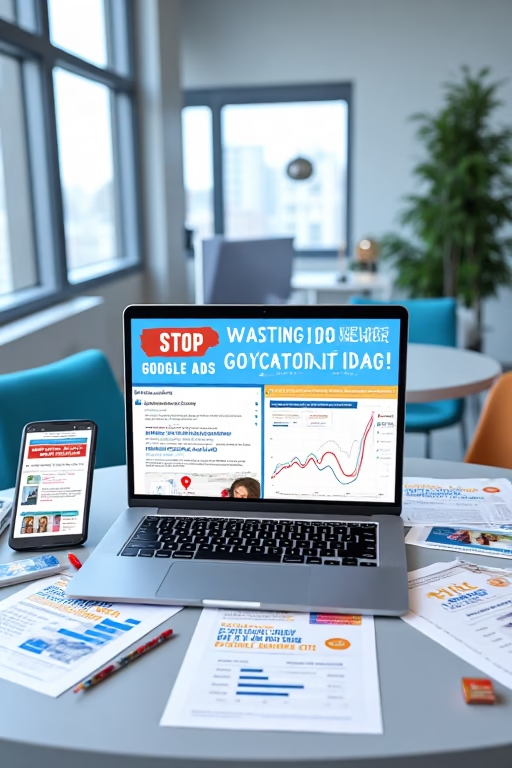
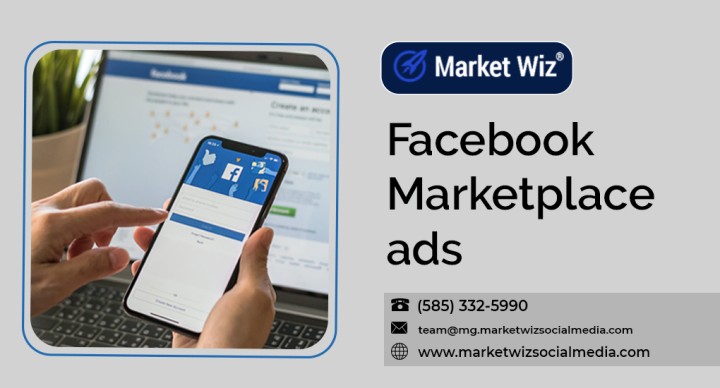
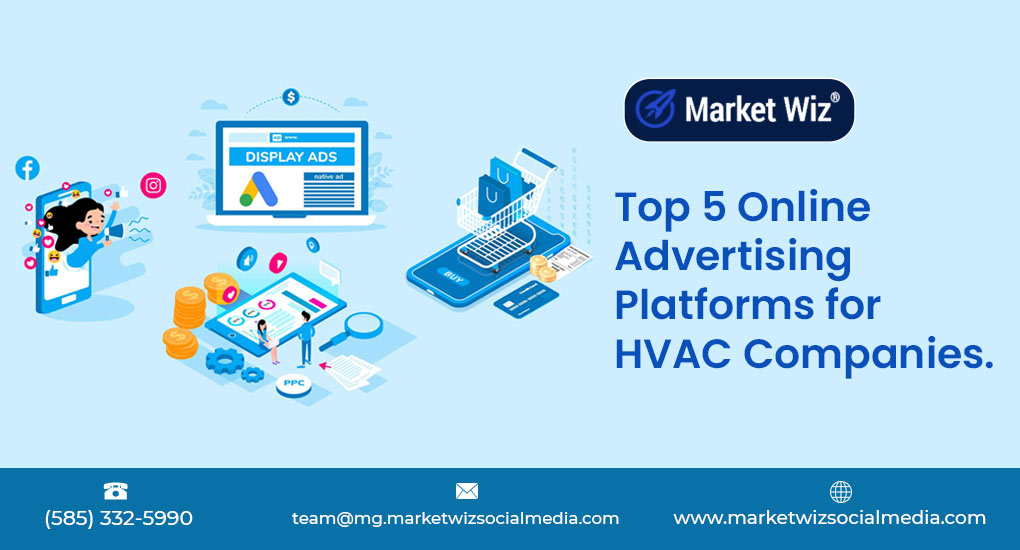
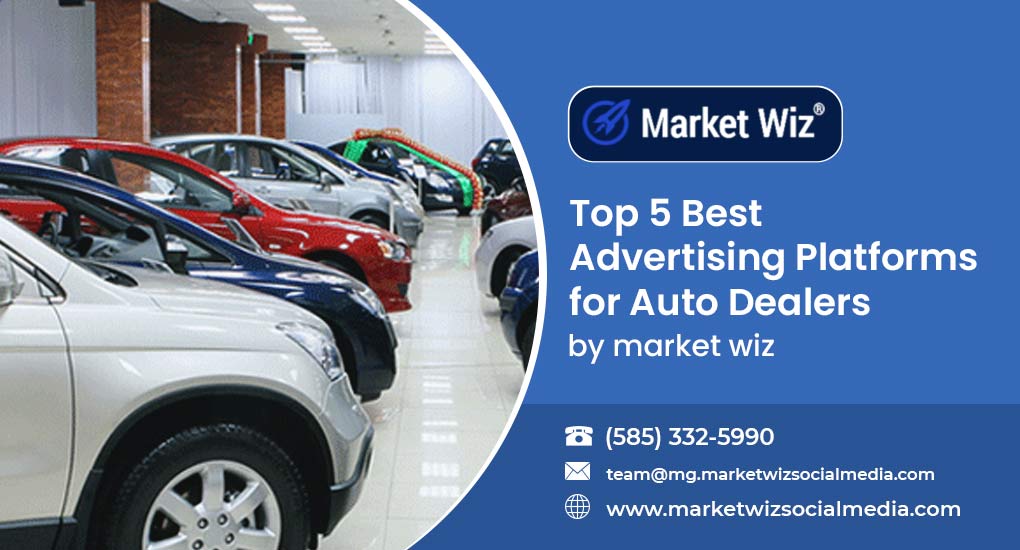




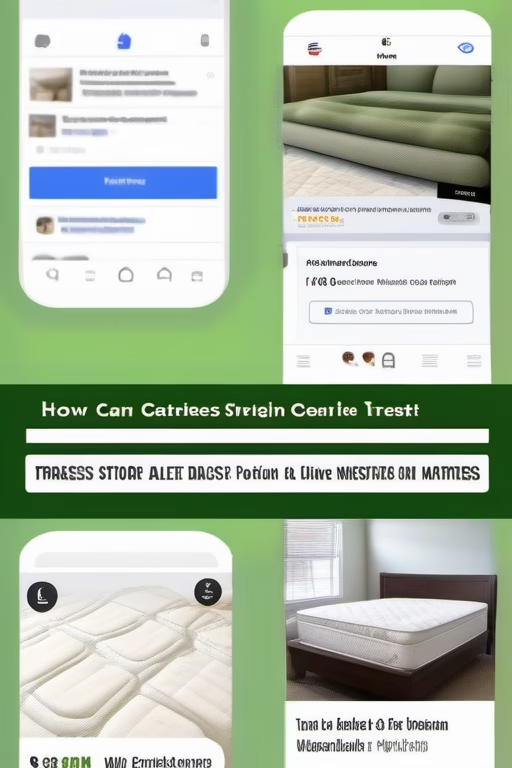







Leveraging Social Media for Organic Growth
Understanding Different Platforms
Tailor your strategy to each platform’s audience—from Facebook community groups and Instagram visuals to LinkedIn thought leadership and Twitter updates.
Community Engagement Strategies
Regular posting, two‑way communication, interactive content, and showcasing user‑generated content are key to building a loyal social community.
Organic vs. Paid Social Media
While organic outreach builds trust and lasting relationships, integrating selective paid strategies can help amplify your content when necessary.